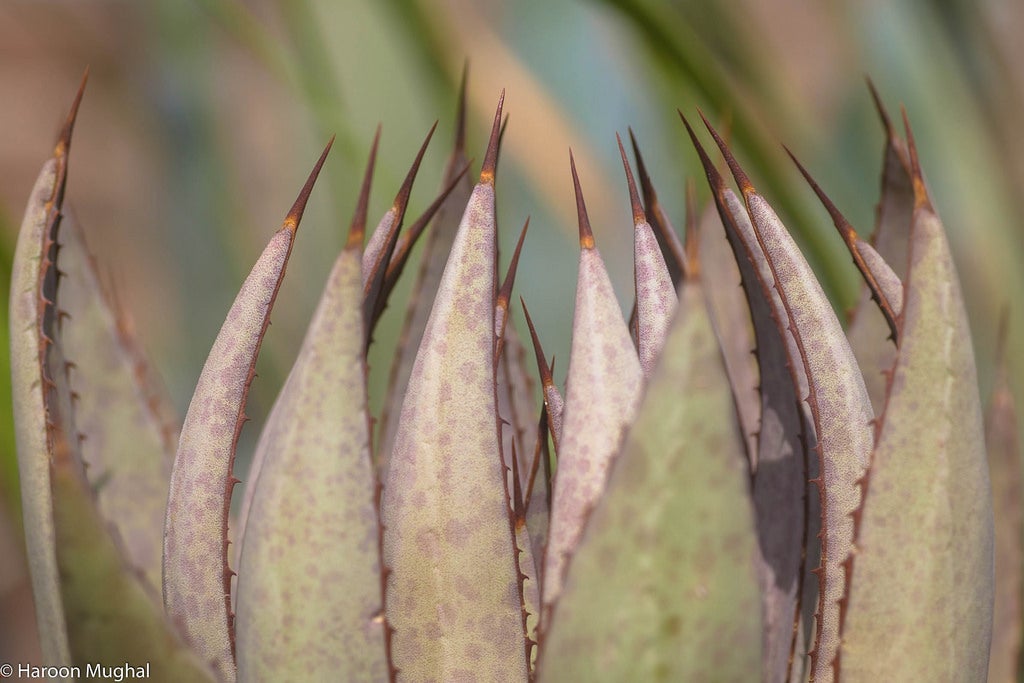Mangave Plant Info: Learn How To Grow Mangave Plants


Many gardeners are not yet familiar with this plant and are asking, "What is a mangave?" Mangave plant info says this is a relatively new cross between manfreda and agave plants. Gardeners can expect to see more mangave colors and forms in the future. Keep reading to learn more about this interesting plant.
Mangave Plant Info
Mangave hybrids were accidentally found growing in the Mexican desert. Horticulturists were there collecting seeds from the beautiful manfreda specimen. Two of these seeds grew to five times the normal size, with different shaped leaves and blooms that were different than those typically found on the manfreda plant. Eventually, the seed collectors realized there was a valley next to the collection area where Agave celsii grows, hence the beginning of the mangave.
This prompted more crossing and testing, and now the hybrid mangave is available to the home gardener. The interesting red spots and freckles of the manfreda plant appear on oversized leaves similar to the agave, often bigger. The spines have softened with the crosses, making them easier to plant without painful pokes. While it varies by the different types, mangave hybrids sometimes grow twice as quickly as the agave.
How to Grow Mangave Plants
Growing mangaves are low maintenance, drought-tolerant, and often a perfect focal point in the landscape. Colors change and become more vibrant with the sun. Make sure to give them plenty of room to grow in all directions when you plant.
Several types have emerged from these crosses featuring stripes, red freckles, and different leaf edges. Some of these include:
- ‘Inkblot’ – A wide, low-growing type with draping leaves spotted with manfreda freckles.
- ‘Freckles and Speckles’ – Serrated green leaves with a lilac overlay, also covered with red spots and freckles with rose terminal spines.
- ‘Bad Hair Day’ – Leaves stream outward narrow, flat, and green with a red blush extending out and expanding near the tips.
- ‘Blue Dart’ – Leaves look more like the agave parent, with a bluish green and silvery coating. This is a small to medium plant with brown-tipped leaves.
- ‘Catch a Wave’ – Darker green, pointy leaves covered with the manfreda spotting.
If you decide to give these new plants a try, mangave may be planted into landscape beds. Grown in USDA zones 4 through 8, this plant can take more cold than many succulents and more water too.
Those with extremely cold winters may grow them in large containers to enable winter protection. Whichever way you choose to grow them, make sure to plant into well-draining, amended succulent soil several inches (8 cm.) down. Plant into a full morning sun area.
Sign up for the Gardening Know How newsletter today and receive a free copy of our e-book "How to Grow Delicious Tomatoes".
Now that you’ve learned how to grow mangaves, plant some of the new crosses this gardening season.

Becca Badgett was a regular contributor to Gardening Know How for ten years. Co-author of the book How to Grow an EMERGENCY Garden, Becca specializes in succulent and cactus gardening.